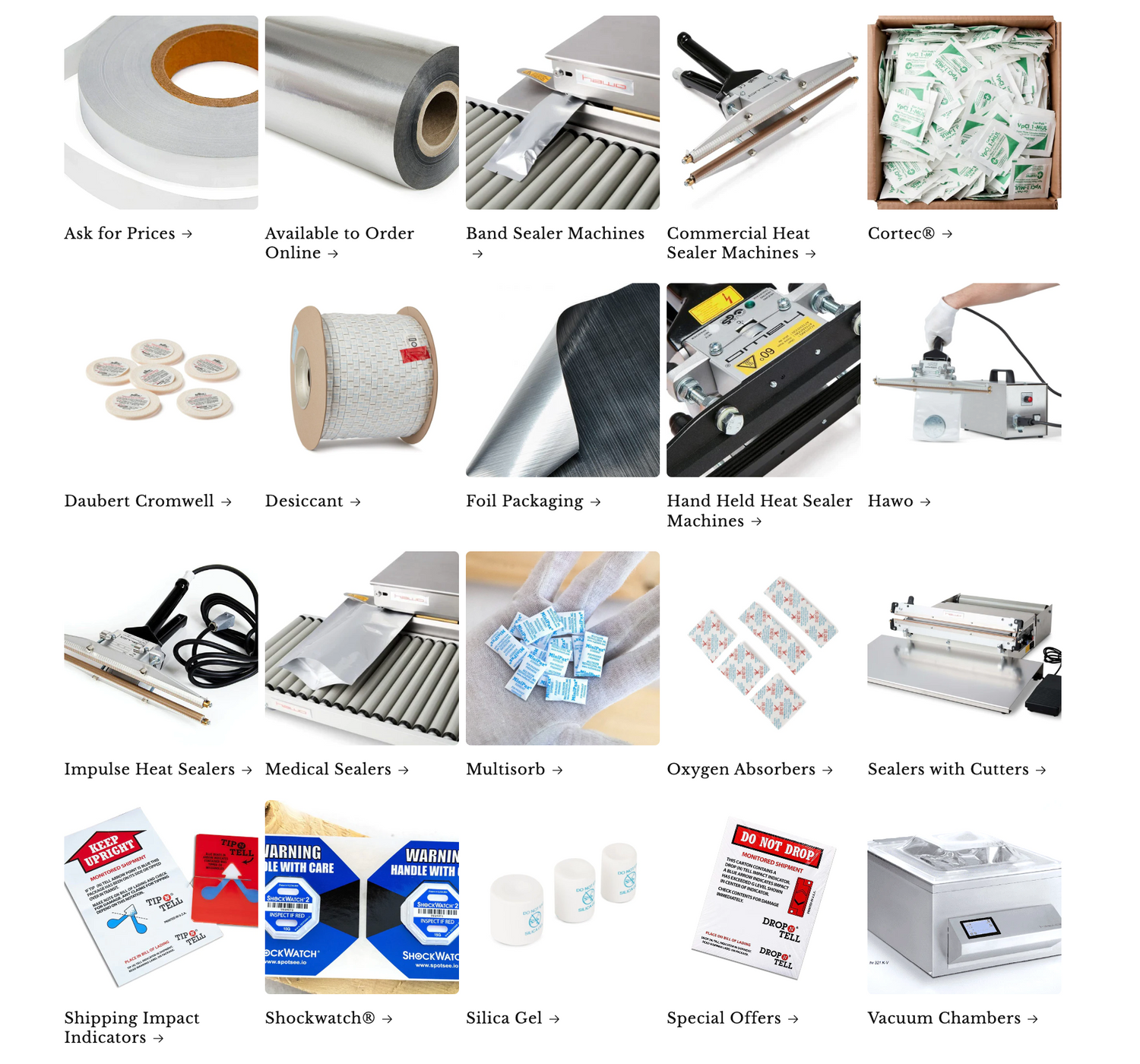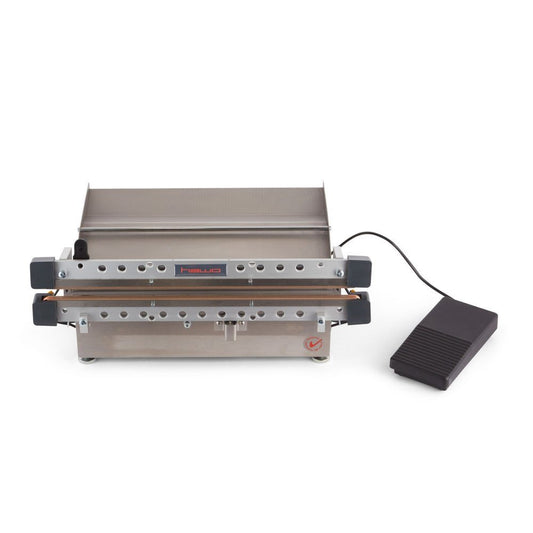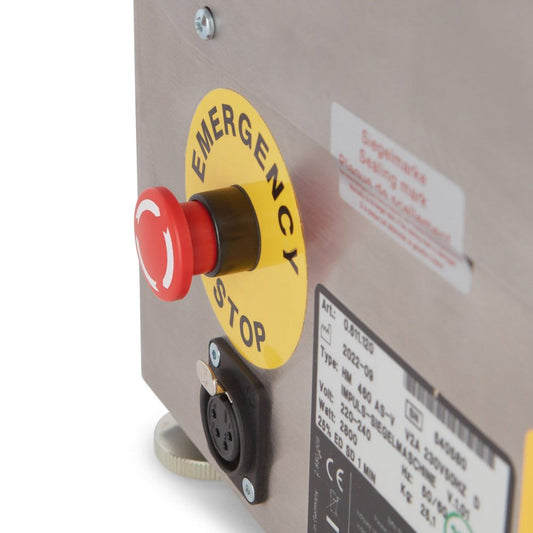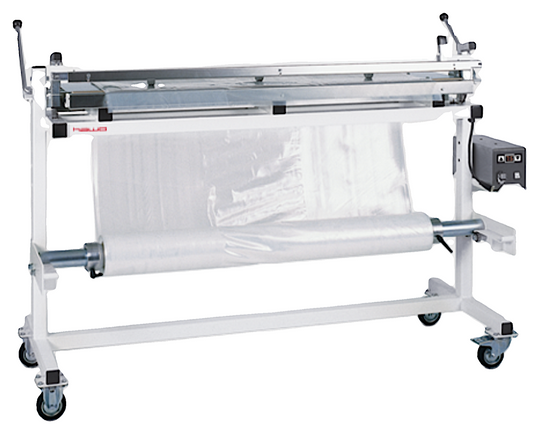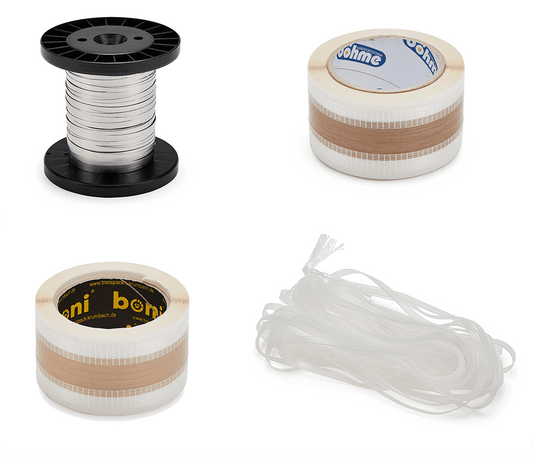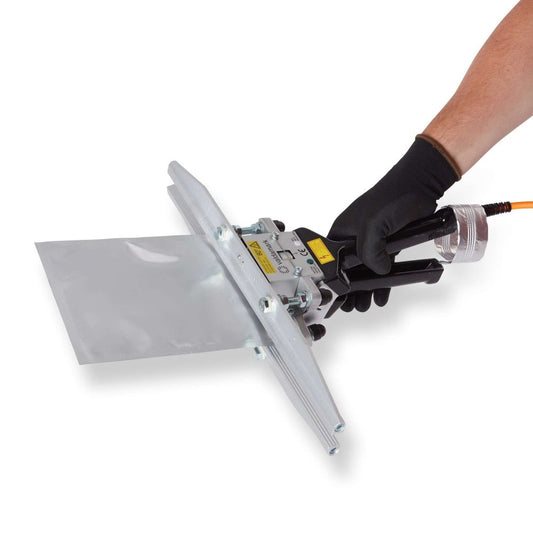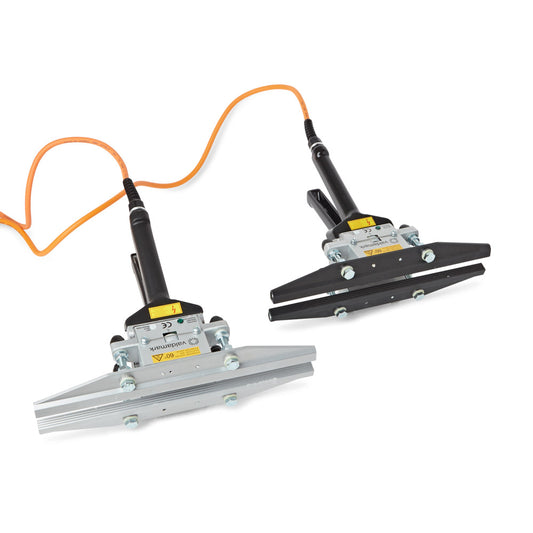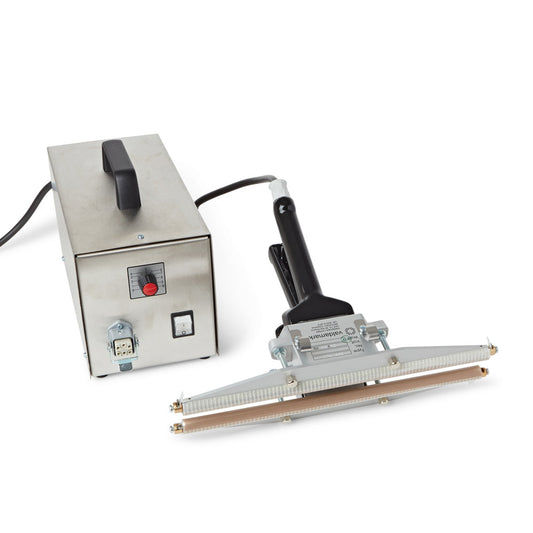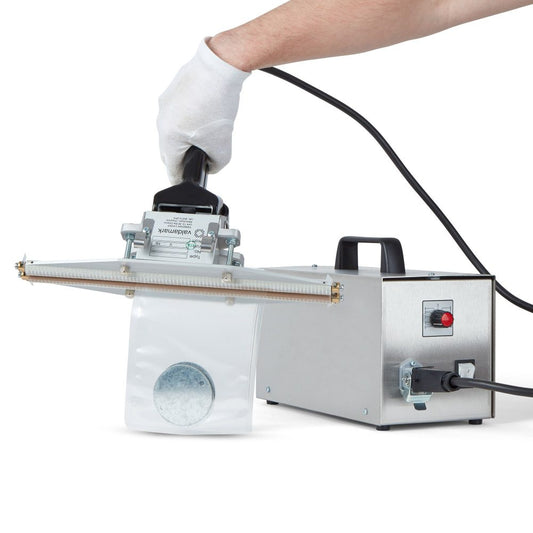According to the U.S. Consumer Product Safety Commission, an estimated 2,035 children under the age of six were exposed to liquid nicotine in 2015.

The increase in these incidents instigated a need to take action to prevent these types of accidents from happening, so the Child Nicotine Poisoning Prevention Act was passed into law.
The law requires all liquid nicotine products to be sold in child proof packaging and prohibits the sale of the product in containers that can be mistaken for food or drink items. The law is expected to make drastic improvements to the incident rates recorded in 2015.
The Introduction of the Child Nicotine Poisoning Prevention Act
In March 2015, a U.S. Representative for Connecticut’s 5th congressional district, Elizabeth Esty, introduce a bill to protect children from accidental consumption of liquid nicotine, which is a product that is used in electronic cigarettes.
On 23rd July 2015, legislators on the House Subcommittee on Commerce, Manufacturing, and Trade used a voice vote to pass the Child Nicotine Poisoning Prevention Act of 2015. The bill will proceed to discuss and vote upon by the full house Energy and Commerce Committee.
Fred Upton (R-Mich.), the Chairman of the Subcommittee, said that he is aware of the FDA’s plan to take regulatory action related to electronic cigarettes. He added that the aim of the draft measures was not to create a jurisdictional clash between government agencies or restrain the FDA from taking any action in this matter in the future, but rather it is simply focused on protecting the children at present.
Child Nicotine Poisoning Prevention Act 2015 – The Facts
The act is a set of rules and regulations that aim to improve child safety when it comes to nicotine products. The act required all nicotine-containing products to be sold in child-resistant packaging (retail packaging, bags, boxes, custom packaging, etc) and prohibits the sale of these products in bulk quantities by any businesses. In addition to this, the CNPPA requires all manufacturers of the products to have warning labels on all the nicotine packaging and limit the amount of nicotine that is allowed to be in each product.
The main aim of the CNPPA is to reduce the number of accidental poisonings among children and to make nicotine less accessible to young children. The CNPPA has been successful in reducing the number of accidental poisonings but needs parents and carers to take on board the guidance provided to assist in the storage and use of such products.
To maintain the highest level of success for the implementation of this act business leaders and customers need a larger scale understanding and collaboration to take full control of the delivery of this message to all company workers and consumers to allow access to the information on all levels.
Why Emphasis Was Given on Such Packaging for liquid Nicotine?
Workers in the poison control industries reported in November that contacts over e-cigarette incidents in 2014 had almost doubled from the 1,500 exposures that were reported the year before. Most of these cases involved persons that were under the age of six.
In December 2014, a report of the death of a child in New York was attributed to the ingestion of the product. According to Upton, such reported poisonings were an immediate concern to public health. He added that there was a need for immediate action to occur about the introduction of child-proof packaging for the product to protect the country’s young population. The subcommittee was lauded by the AAP (American Academy of Paediatrics) for its efforts to move the bill forward.
In a recent news release, Sandra Hassink, AAP President, said that this type of nicotine is available in a range of bright colours and flavours, that can look like gummy bears and cotton candy, which can poison children. She added that it is no surprise that this lethal object had found its way into the hands of toddlers.
The FDA has not finalised the rule, which would control the packaging and sale of e-cigarettes and cigars for the first time. However, the AAP said that the bill would safeguard the agency’s authority to control tobacco products with child-resistant packaging.
Types of Safe Product Packaging
Safe product packaging minimises the risk of harm to people or the environment during use, storage, and shipping. Safe packaging can be made from a variety of materials, including plastic, foil, metal, paper, and glass. This type of packaging is often labelled or colour-coded with warning messages and symbols.
Child-resistant packaging is a type of packaging that has a design that makes it difficult for young people to access the product inside. The protection is normally achieved by using special closures, such as locking lids or tamper-evident seals, in addition to being made from thicker and more durable material.
Packaging can be safe whether this is for tobacco products, cosmetics, or other types of products (such as a food product like candy) that can cause issues for those that the product is not intended for.
